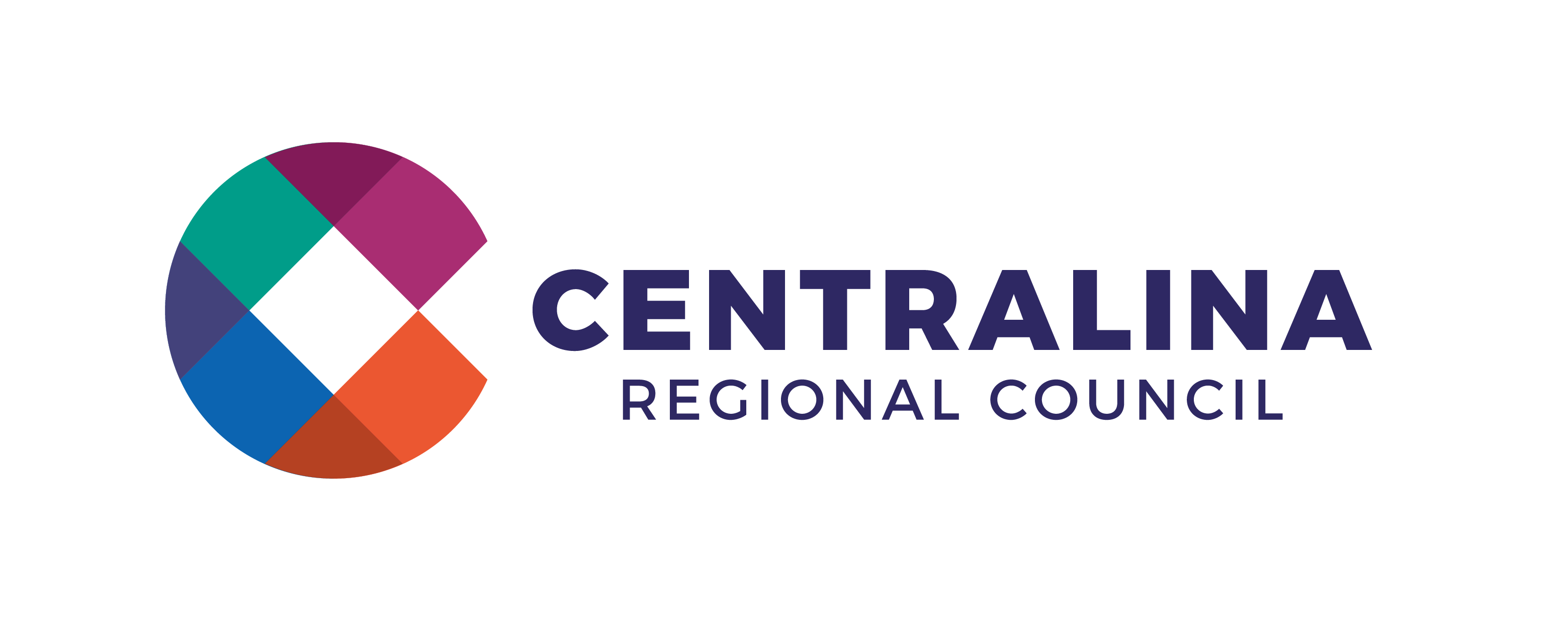Election Summary
With an estimated 144 million votes cast, this November’s elections broke a century-old record for percentage of registered voters who voted and recorded the highest number of votes to support a presidential candidate on both sides. The Biden-Harris ticket is the declared winner by the Associated Press based on expected Electoral College votes, exceeding the 270 needed. The Trump campaign is contesting elections in a few battleground states and some states are either still counting ballots or recounting ballots due to the closeness of the race. Electors vote in their states on December 14 and Inauguration Day is January 20, 2021.
In North Carolina, there are three new Members of Congress, one of which will be the youngest U.S. Representative elected in recorded history at the age of 25. The elections also change the North Carolina House Delegation from 10R-3D to 8R-5D. With the re-election of North Carolina’s U.S. Senator Thom Tillis, the Senate is closer to retaining the majority (50R-48D currently), but a pair of Georgia runoff races take place on January 5 to determine which party will ultimately control the Senate. In a 50-50 split, the Vice President is the tie-breaking vote. Democrats will keep control of the U.S. House of Representatives for four consecutive years for only the second time since 1995, but with a smaller margin. Not all House races are decided. Senior levels of House and Senate leadership are not expected to change.
A more detailed report on the 2020 elections is forthcoming from our federal relations consultant, Leslie Mozingo of Strategics Consulting, which will be posted on our website.
Other News
In other Washington news, the current Continuing Resolution that is funding the federal government through December 11 is expected to be addressed with an omnibus appropriations bill during the lame duck session that will fund the government through the current fiscal year. Both House and Senate leaders have agreed to work toward this resolution to avoid a government shutdown. The reauthorization of surface transportation programs has been extended for one year to allow the 117th Congress to finalize that massive bill. The Workforce Innovation and Opportunity Act (WIOA) reauthorization, which governs programs administered by Workforce Development Boards, will also need to be handled in the next Congress. Whether there will be another COVID-19 relief package passed before year’s end is yet to be seen, but is part of ongoing discussions.

